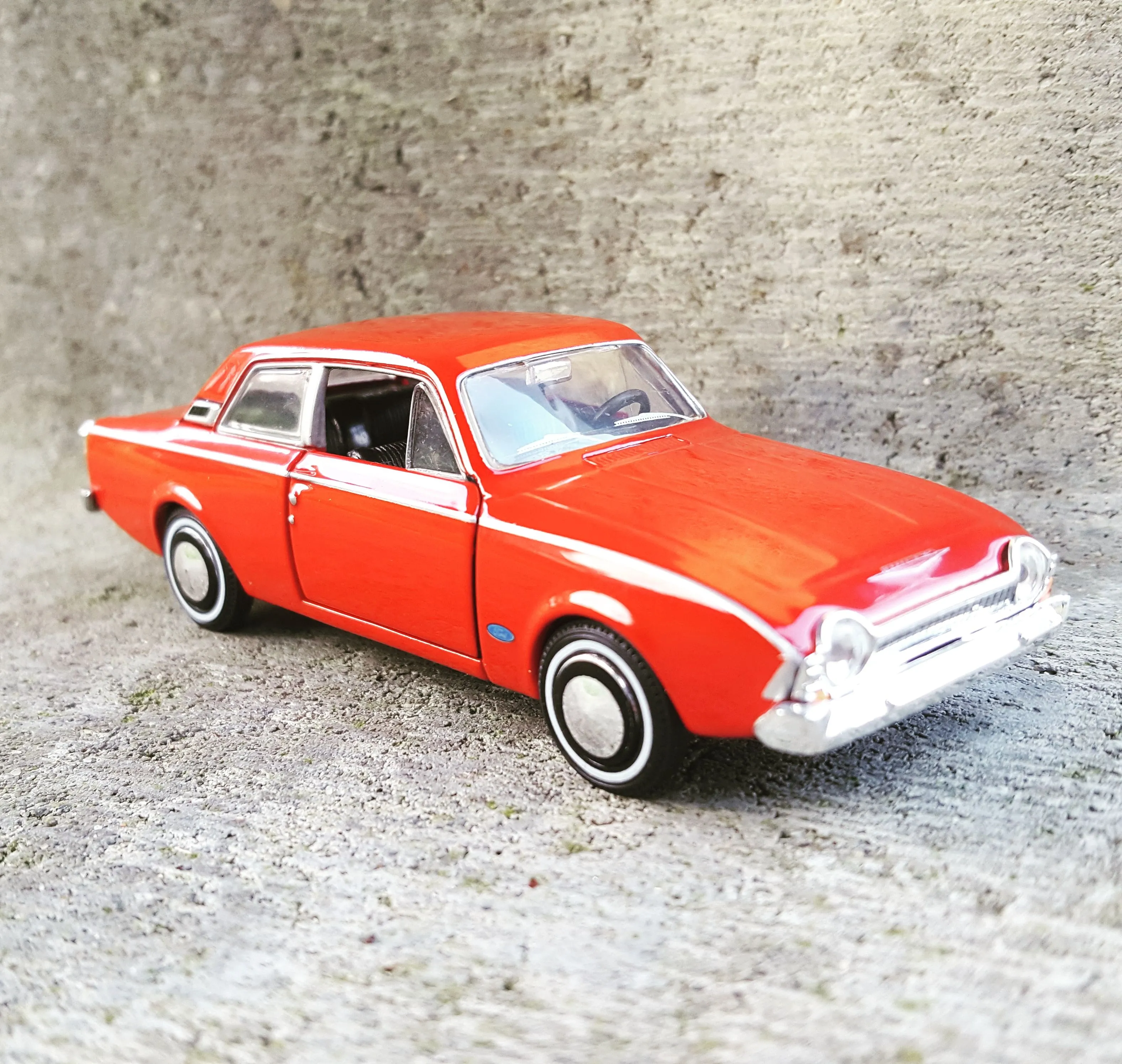Why Collect Diecast Model Cars?
Diecast model cars have captivated enthusiasts for decades, representing more than just miniature versions of vehicles. These meticulously crafted replicas offer a unique blend of artistry, nostalgia, and potential investment value. For those considering entering the world of collecting, or for seasoned collectors looking to reaffirm their passion, the question often arises: are diecast model cars worth it? The answer, like the models themselves, is multifaceted and depends heavily on individual motivations, interests, and financial goals. This article delves into the key aspects that make diecast model cars a worthwhile pursuit for many, examining the craftsmanship, market dynamics, and long-term appeal of these miniature marvels.
Detailed Craftsmanship and Authenticity
One of the most compelling reasons to collect diecast model cars is the remarkable level of detail and craftsmanship. Modern diecast models often strive for an unparalleled degree of accuracy, replicating not just the overall shape and color of the original vehicles but also intricate features like engine components, interior detailing, and even tiny badges and emblems. This level of precision is achieved through a combination of advanced manufacturing techniques, high-quality materials, and meticulous hand finishing. The result is a miniature work of art that captures the essence of the real-life vehicle, appealing to those who appreciate fine detail and the artistry involved in creating these miniature replicas.
The Importance of Scale and Detail
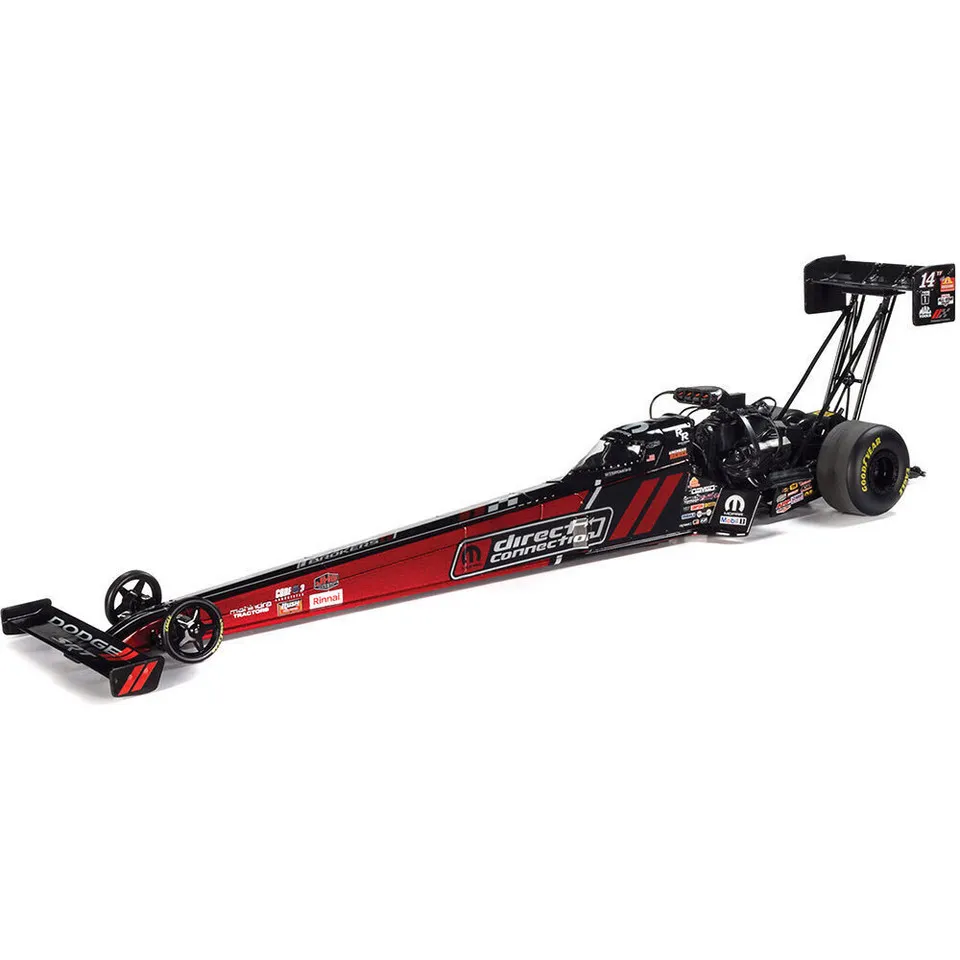
Scale is a crucial factor in the world of diecast model cars. Common scales include 1:18, 1:24, 1:43, and 1:64, each offering a different perspective on the vehicle. The choice of scale often depends on personal preference, available display space, and the desired level of detail. Larger scales, such as 1:18, generally allow for more intricate detailing and features, while smaller scales are ideal for building extensive collections without requiring excessive space. Understanding the scale helps collectors appreciate the level of accuracy and the effort that goes into recreating the vehicle’s design in miniature form. The detail extends beyond aesthetics, with some models featuring functional elements such as working steering, opening doors and hoods, and even realistic suspension systems.
How Scale Affects Value
The scale of a diecast model car significantly impacts its value, both in terms of production cost and collectibility. Generally, larger scale models (e.g., 1:18) tend to be more expensive due to their increased size, complexity, and the greater amount of detail they incorporate. However, this doesn’t always equate to higher long-term investment potential. The value of a model is also influenced by factors like rarity, the manufacturer, the specific vehicle represented, and the overall condition of the model. Smaller scale models (e.g., 1:64) are often more affordable and can be a great way to start a collection. They can also become valuable, especially if they are rare or part of a limited production run. Collectors should consider all these factors when assessing the value of a diecast model car.
Materials and Construction
The materials and construction methods used in diecast model cars play a critical role in their quality, durability, and overall appeal. The term “diecast” itself refers to the process of manufacturing these models, which typically involves injecting molten metal (usually zinc alloy) into molds under high pressure. This process allows for the creation of intricate shapes and details that would be difficult to achieve with other methods. The quality of the metal alloy, the precision of the molding process, and the attention to detail in finishing contribute significantly to the model’s value and longevity. High-quality diecast models often feature additional components made of plastic, rubber, and other materials to replicate specific features like tires, interior details, and other elements.
Diecast Metal vs. Plastic
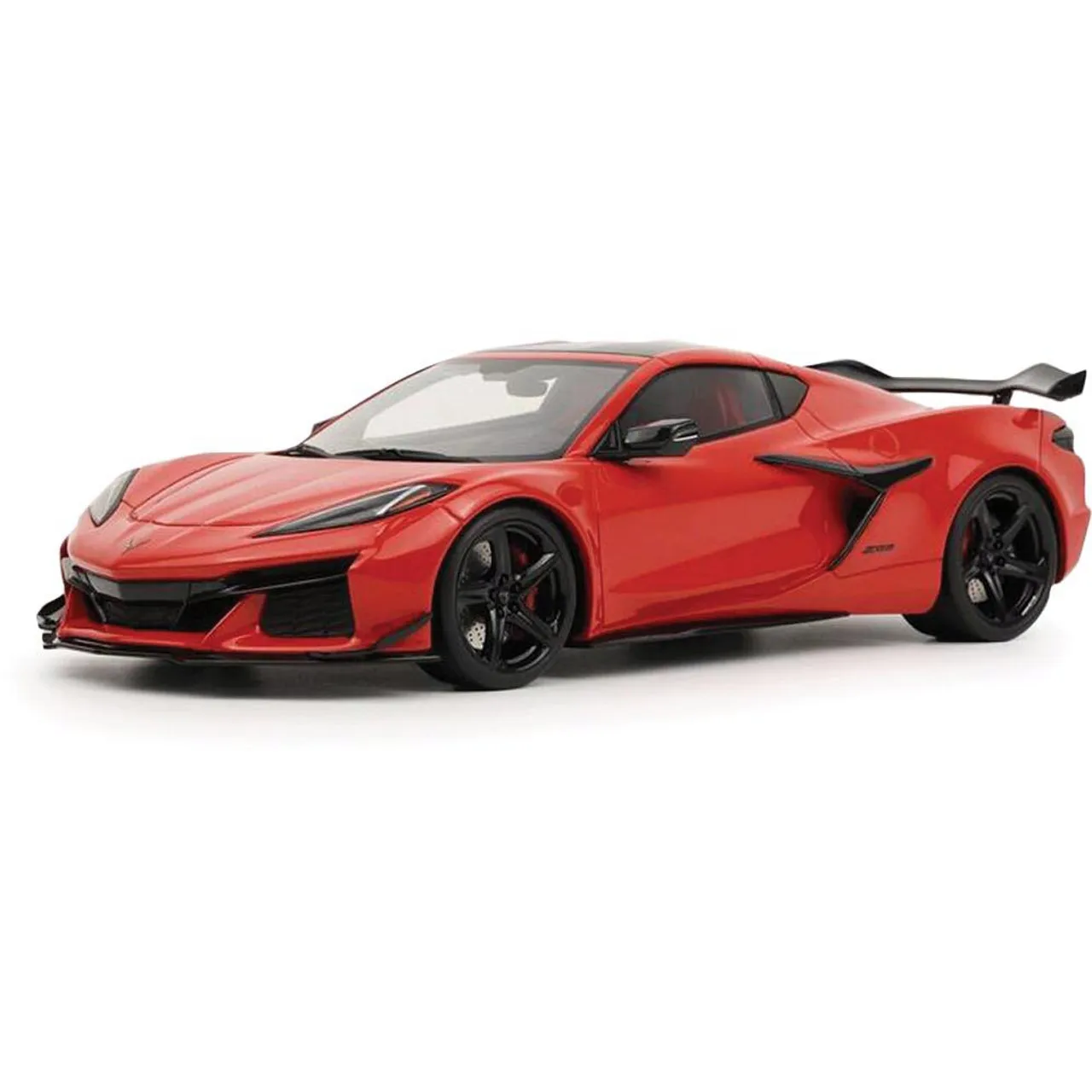
The primary material used in diecast model cars is, of course, diecast metal, which is the foundation for most of the model’s structure and body panels. This material provides a solid, weighty feel and allows for intricate detailing. However, plastic components are also essential. Plastic is commonly used for interior details, such as dashboards, seats, and steering wheels, as well as for components like tires, which require flexibility and texture. The quality of the plastic and its ability to accurately represent the textures and colors of the real-life vehicle are crucial for the overall realism of the model. The combination of diecast metal and plastic allows manufacturers to create highly detailed and realistic models that are both durable and visually appealing. The careful selection and combination of materials are key to a model’s value.
The Value of Exclusivity
Exclusivity is a major driving force in the diecast model car market, significantly influencing the value and desirability of specific models. Limited editions, special releases, and models produced in small quantities often command higher prices and are highly sought after by collectors. The scarcity of these models makes them more valuable, as demand typically outstrips supply. The level of exclusivity can vary widely, from models produced in a few hundred units to those made in larger, yet still limited, runs. Collectors often actively seek out exclusive models to enhance their collections and potentially increase the investment value of their holdings. The impact of exclusivity extends beyond the rarity of a model, as it also influences the model’s historical significance and its connection to specific events or collaborations.
Limited Editions and Rarity
Limited editions are one of the cornerstones of the diecast model car world, adding a layer of collectibility and investment potential. These models are produced in a fixed number of units, often with unique features, special paint schemes, or enhanced detailing that distinguishes them from standard releases. Rarity is a direct result of limited production runs, creating a higher demand for these models among collectors who are eager to add them to their collections. Certain limited edition models become highly valuable over time, especially if they represent significant vehicles, are associated with important events, or are released by renowned manufacturers. The pursuit of these rare models is a significant aspect of the collecting experience, fueling the market and creating a sense of excitement and anticipation.
The Impact of Licensing and Brands
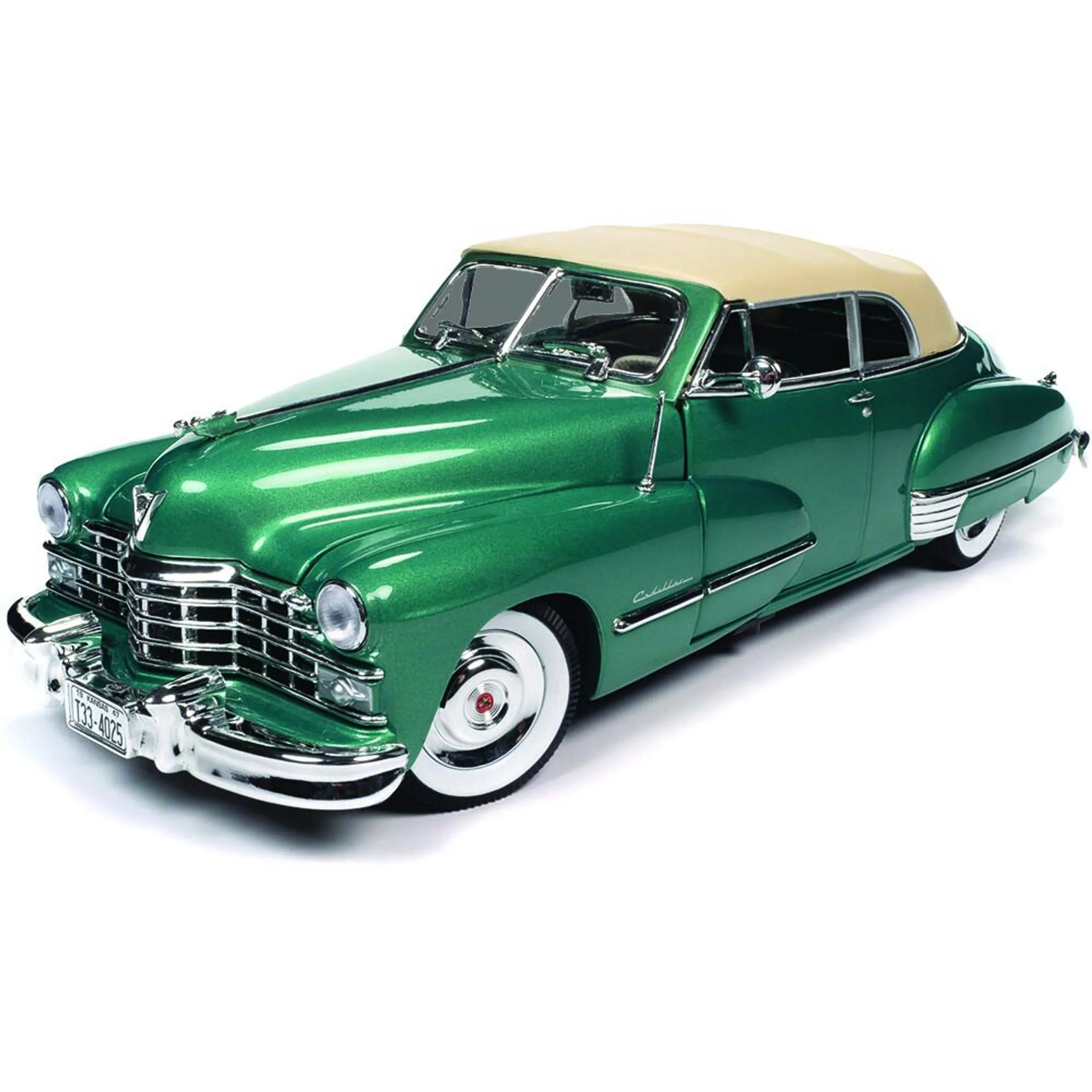
Licensing and brand recognition are integral components in the diecast model car world, significantly affecting the appeal and value of individual models. Models that accurately replicate real-world vehicles require licenses from the respective car manufacturers. This licensing ensures authenticity and allows manufacturers to create models that are virtually indistinguishable from their full-size counterparts. The brand of the car itself also plays a crucial role. Iconic brands like Ferrari, Porsche, and Lamborghini, for example, have a strong following, and models of these cars are often highly sought after. Similarly, the manufacturer of the diecast model car also impacts value, with certain brands known for their quality, detail, and collectibility. The combination of a licensed vehicle and a reputable model car manufacturer significantly enhances the overall value and desirability of a diecast model.
The Collector’s Market and Investment Potential
The collector’s market for diecast model cars is a dynamic environment, driven by factors such as demand, rarity, and historical significance. Certain models can appreciate in value over time, making them a potential investment opportunity, although it’s crucial to approach this with a long-term perspective and a clear understanding of the market. Factors like the model’s condition, original packaging, and the presence of any certificates of authenticity can all influence its value. The collector’s market is also influenced by trends, with specific models or manufacturers experiencing periods of heightened demand. Staying informed about market trends, researching specific models, and understanding the factors that drive value are essential for anyone considering diecast model cars as an investment.
Factors Influencing Value
Several key factors influence the value of diecast model cars. Rarity is a primary driver, with limited edition and hard-to-find models often commanding higher prices. The model’s condition is also critical, with mint-condition models (those that are in perfect condition and remain in their original packaging) fetching the highest values. The manufacturer’s reputation, the accuracy of the model’s details, and the presence of any original documentation or certificates of authenticity also contribute to the value. Market demand plays a significant role, with popular models and those representing iconic vehicles experiencing increased demand. Researching these factors and staying informed about market trends is essential for anyone looking to invest in diecast model cars.
Care and Maintenance
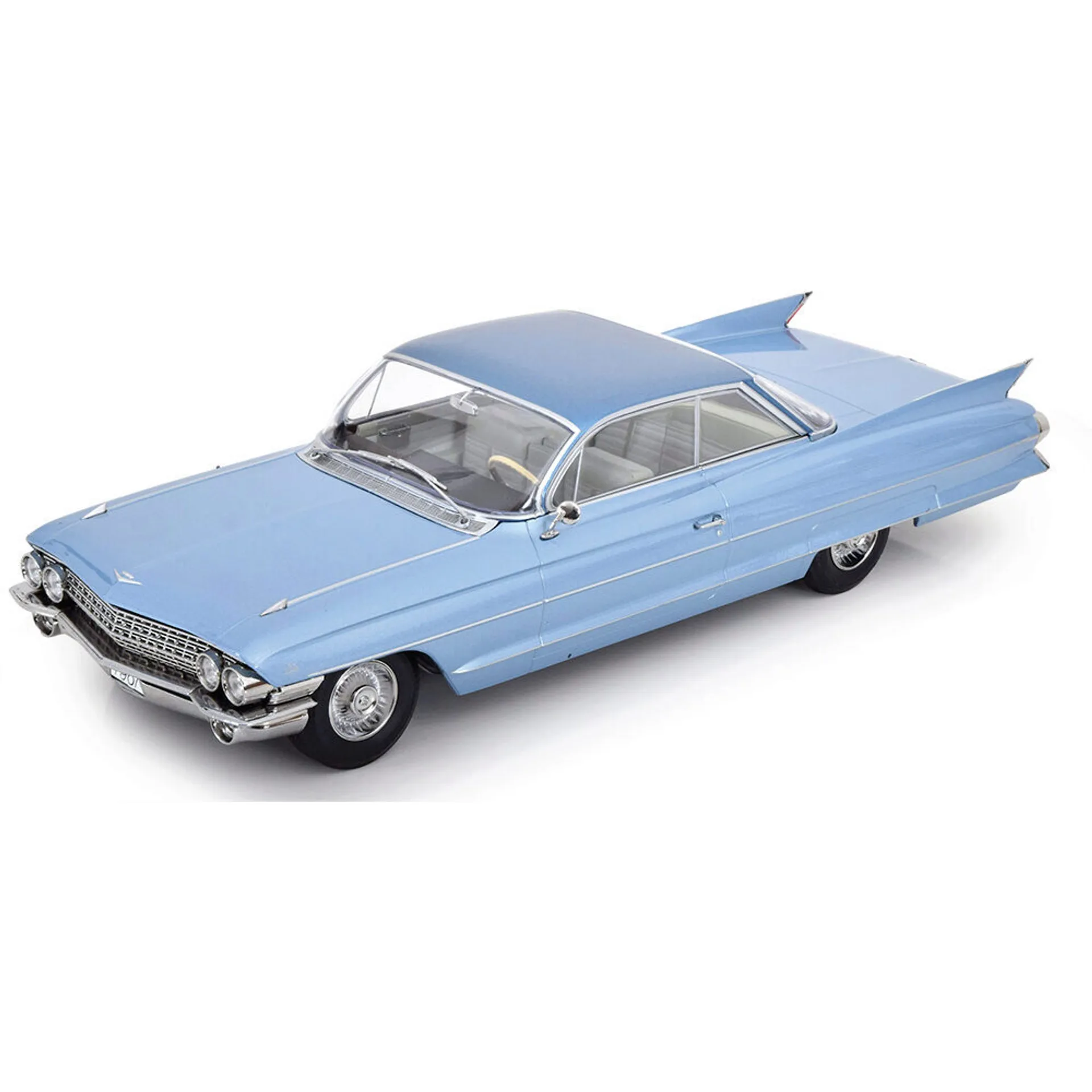
Proper care and maintenance are essential for preserving the value and longevity of diecast model cars. Dusting regularly with a soft cloth is important to prevent the accumulation of dirt and debris. Avoid exposing models to direct sunlight, which can fade the paint and damage the plastic components. Store models in a cool, dry place away from extreme temperatures and humidity. When handling models, use clean hands or gloves to avoid leaving fingerprints. By following these simple care and maintenance tips, collectors can ensure their models remain in excellent condition, preserving their value and enjoyment for years to come.
Preserving Your Collection
Preserving a diecast model car collection involves several key practices. Protecting models from dust, light, and extreme temperatures is crucial. Display cases or enclosed shelves offer excellent protection, shielding models from environmental damage. It is important to handle models with care, avoiding contact with the painted surfaces. When storing models, consider using acid-free tissue paper to wrap them, preventing scratches and damage. Keeping original packaging, if available, can also enhance the value of a model. Implementing these preservation techniques ensures that your collection remains in pristine condition, protecting its value and preserving the models for future generations. Careful preservation also enhances the aesthetic appeal of the collection, allowing collectors to take pride in their well-maintained models.
Displaying Diecast Model Cars
Displaying diecast model cars is both an art and a science, allowing collectors to showcase their prized possessions while also protecting them. The choice of display method often depends on the size of the collection, available space, and personal preferences. Glass display cases are popular, providing a clear view of the models while protecting them from dust and accidental damage. Shelving units offer a more open display option, allowing for easy access and arrangement. Consider the lighting, as proper lighting can enhance the visual appeal of the models. Avoid direct sunlight, which can fade the paint. Regularly cleaning the display area is also vital to maintain the appearance of the models and keep them dust-free. Effective display elevates the collecting experience, turning a collection into a visually appealing showcase.
In conclusion, the answer to the question “are diecast model cars worth it?” is a resounding yes for many enthusiasts. The detailed craftsmanship, the potential for investment, and the pure enjoyment of collecting make them a worthwhile pursuit. While it’s essential to approach collecting with a clear understanding of the market and realistic expectations, the value lies not just in the financial aspect, but in the passion, the community, and the joy of owning these miniature works of art. For those who appreciate detail, history, and the thrill of the hunt, diecast model cars offer a rewarding and engaging hobby that can bring years of enjoyment.
